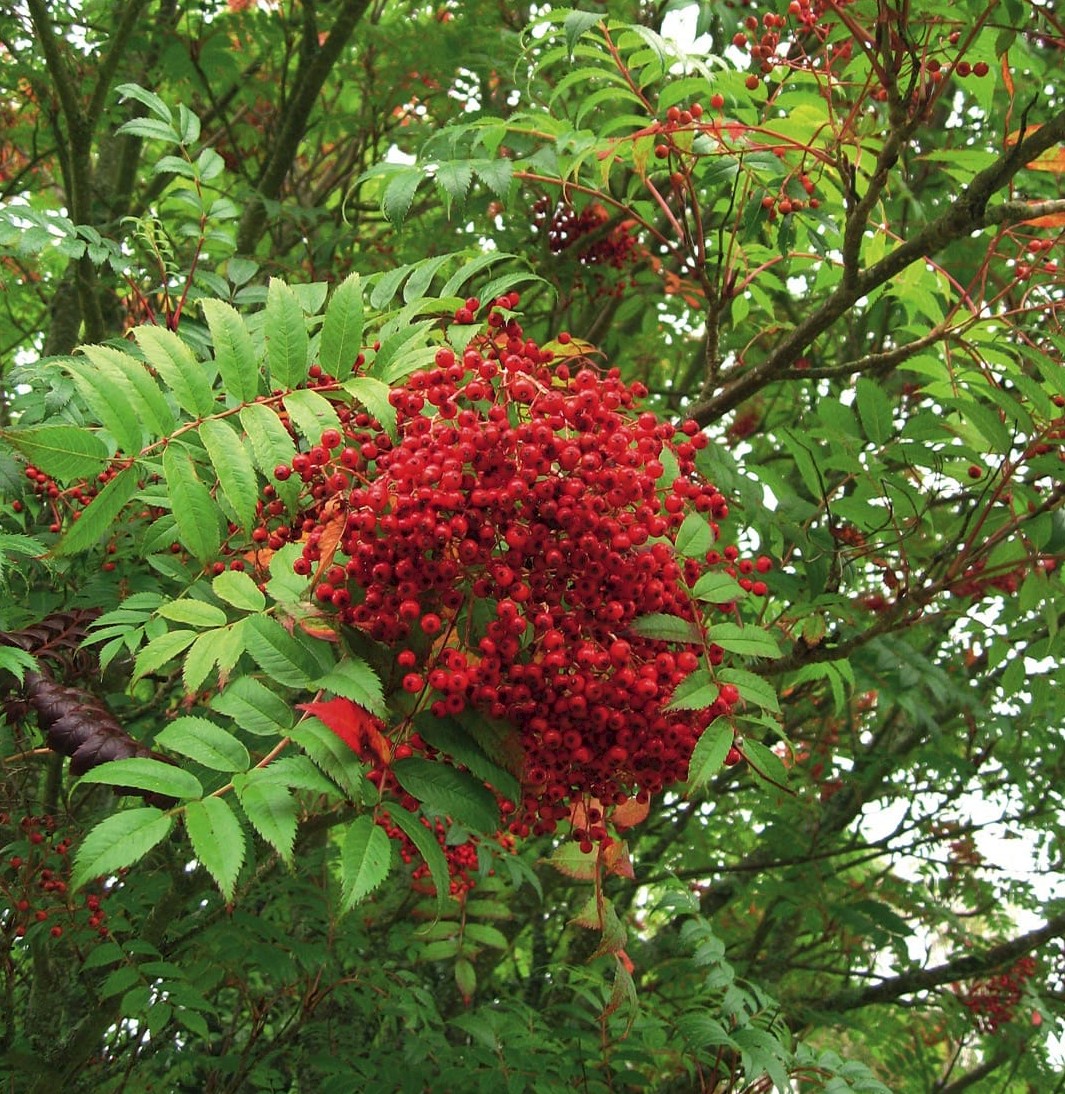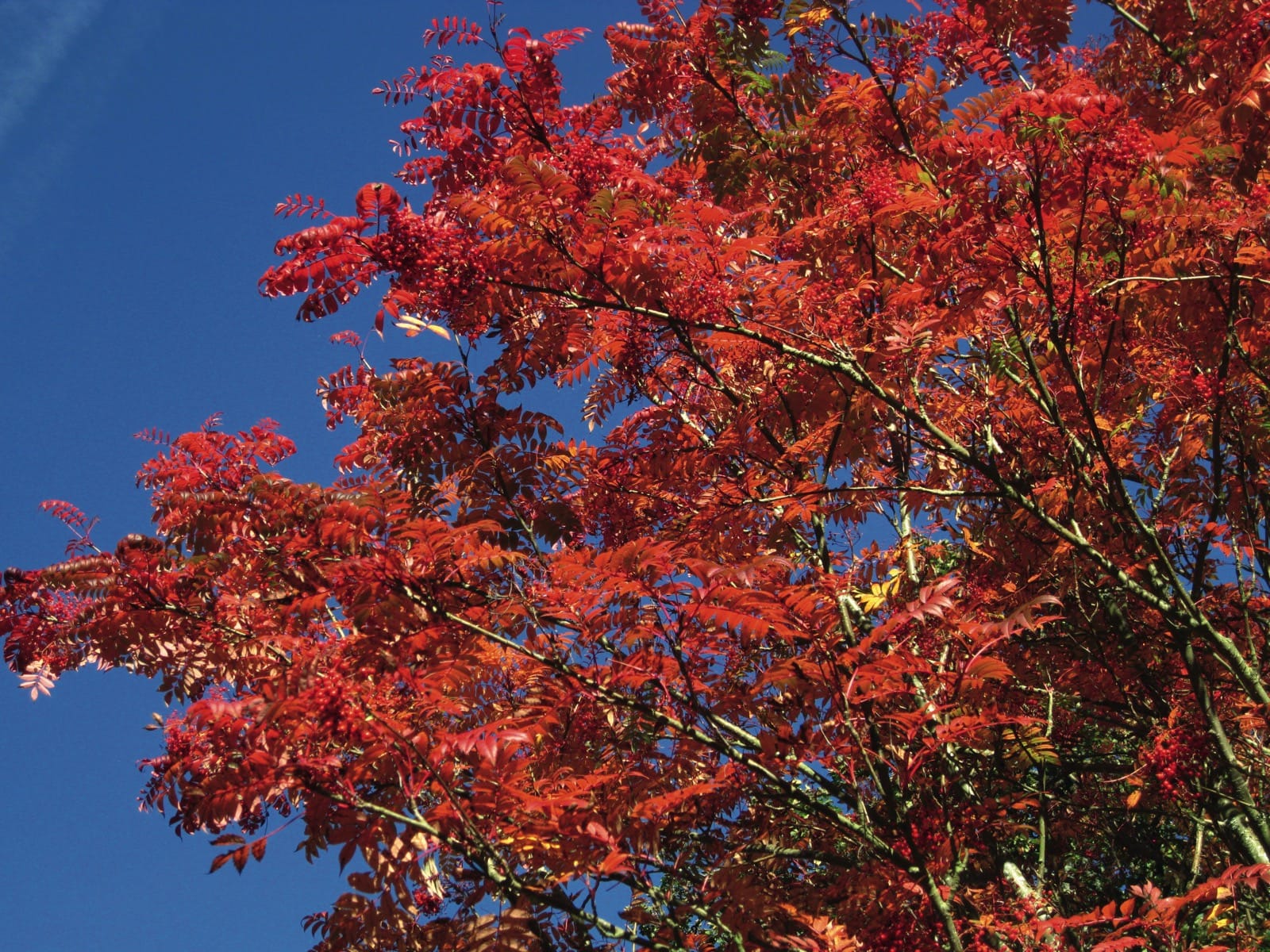Sorbus randaiensis
Sponsor
Kindly sponsored by
This genus has been sponsored and new text is being prepared.
Credits
Article from New Trees by John Grimshaw & Ross Bayton
Recommended citation
'Sorbus randaiensis' from the website Trees and Shrubs Online (treesandshrubsonline.
Genus
Other taxa in genus
- Sorbus americana
- Sorbus amoena
- Sorbus arachnoidea
- Sorbus aucuparia
- Sorbus carmesina
- Sorbus cashmiriana
- Sorbus commixta
- Sorbus coxii
- Sorbus decora
- Sorbus discolor
- Sorbus ellipsoidalis
- Sorbus esserteauiana
- Sorbus fansipanensis
- Sorbus foliolosa
- Sorbus forrestii
- Sorbus glabriuscula
- Sorbus glomerulata
- Sorbus gracilis
- Sorbus helenae
- Sorbus hupehensis
- Sorbus hypoglauca
- Sorbus insignis
- Sorbus 'Joseph Rock'
- Sorbus khumbuensis
- Sorbus koehneana
- Sorbus kongboensis
- Sorbus kurzii
- Sorbus lingshiensis
- Sorbus matsumurana
- Sorbus microphylla
- Sorbus muliensis
- Sorbus olivacea
- Sorbus parvifructa
- Sorbus pohuashanensis
- Sorbus poteriifolia
- Sorbus prattii
- Sorbus pseudohupehensis
- Sorbus pseudovilmorinii
- Sorbus reducta
- Sorbus rinzenii
- Sorbus rubescens
- Sorbus rufopilosa
- Sorbus rushforthii
- Sorbus sambucifolia
- Sorbus sargentiana
- Sorbus scalaris
- Sorbus sitchensis
- Sorbus tianschanica
- Sorbus ursina
- Sorbus vilmorinii
- Sorbus wallichii
- Sorbus wilsoniana
Large shrub or tree to 8 m. Branchlets reddish brown. Buds ~1.8 cm, conical, red, sticky, with obscure reddish brown hairs on margins and apices of scales. Leaves to 20 cm long, with 7–10 pairs of leaflets. Leaflets leathery, to 6 × 1.1 cm, ovoid to lanceolate, margins finely dentate, apex acuminate, upper surface glossy green, lower surface not papillose. Inflorescence a flattened corymb. Fruit spherical, 0.85–1.1 × 0.85–1.1 cm, orange-red and shiny; sepals slightly fleshy, carpels three to four. Sexual diploid (2n = 34). Lu & Spongberg 2003, McAllister 2005a. Distribution TAIWAN. Habitat Mountain forests, between 2100 and 4200 m asl. USDA Hardiness Zone 8. Conservation status Not evaluated. Illustration McAllister 2005a; NT792, NT794, NT810. Cross-references B418, K338.
Sorbus randaiensis is a member of subgenus Sorbus, section Commixtae, and as such it has orange fruits suggestive of the familiar rowans. These can be produced in huge abundance, and when so clad, from about August onwards, the tree is a striking sight. In the wild it grows in the transition zone between coniferous forests and subalpine scrub, and can be rather shrubby, but some individuals form shapely trees (field notes to ETOT 84, ETE 230). Although it was described in 1913, the authenticity of specimens in cultivation was always in doubt (see Bean 1981b), and genuine material was not introduced until 1981, through the botanic gardens seed exchange system from the Taiwanese Forestry Commission (McAllister 2005a). Before then, narrow-leaved forms of S. commixta seem to have been cultivated under this name (More & White 2003), and the tall old trees in the West Sussex gardens of Borde Hill (16 m in 2003) and Leonardslee (10 m in 2003, TROBI) and in Westonbirt are probably really S. commixta. Some of these misidentified trees have had cultivar names applied, such as S. commixta ‘Dodong’ (A. Coombes, pers. comm. 2008). In recent years S. randaiensis has been collected regularly in Taiwan, by both European and American collectors, and it is now well established in cultivation. It would appear to be easy to grow, but Dan Hinkley (pers. comm. 2007) reports that in the Seattle area it is prone to sudden collapse. In southern England it leafs out in early spring but seems to be unaffected by later frosts (Flanagan & Kirkham 2005).


